What kind of tea is suitable for boiling?
Aged white tea.
In the winter, when snow flies and everything is quiet, the root of tea returns to stillness. In spring it emerges, in summer it grows, in autumn it is harvested, and in winter it is stored. During the winter season, when the four seasons are harmonious and natural, we naturally think of white tea, especially aged white tea. The coarse leaves and thick stems of aged white tea undergo changes in their internal components after years of storage, resulting in a richer, more fragrant flavor and a less cooling nature. Aged white tea is also very resistant to brewing. When used to make boiled tea, it can fully bring out the effects of clearing heat, relieving fire, and treating colds.
Lao Sheng Pu-erh tea.
Only aged raw Pu-erh tea is suitable for boiling. Raw Pu-erh tea that has been stored for over 10 years changes from brown to reddish-brown in color. Due to a series of enzymatic reactions during storage, the old tea may undergo lignification, causing the leaves to become loose and the weight to become lighter. When squeezed, the tea feels light and loose, and a distinct aged aroma is present.
Otherwise, the large-leafed sun-dried raw Pu-erh tea can be bitter and hard to swallow for many people. To prepare it, use a ceramic, iron, or sand-fired kettle to simmer the tea over low heat in three to five portions of water. After three to five minutes of waiting, a mellow, fragrant, and smooth aged tea is ready, bringing a leisurely sense of time. Boiling aged raw Pu-erh tea brings out a variety of flavors, including lotus, orchid, jujube, camphor, and more, making it a taste of leisurely time and depth during idle moments.
Aged ripe Pu-erh tea.
After brewing a few times, the color of aged ripe Pu-erh tea gradually becomes lighter. Raw Pu-erh tea is easy to find, but good aged ripe Pu-erh tea is rare and hard to come by. If you are lucky enough to find and taste it, you won't want to give it up. Fully appreciate the flavor and then continue to brew it to extend its lasting aroma, with its sticky rice and jujube fragrance filling the room. Encountering and appreciating good tea is a blessing, and continuing to brew it to savor its aftertaste is a way to cherish that blessing.
Aged Rock tea.
Well-aged premium aged Rock tea is made using traditional techniques, has good quality, is well-roasted, and has reached a certain age limit with high standards and strict requirements for production. Its flavor is mellow, extremely resistant to brewing, and still retains the unique rock flavor. Brewing it over low heat can better bring out its true flavor.
The brewed Rock tea has a bright red color, with a woody aroma and a sticky, fragrant, and mellow taste. It is sweet and thick, and can be brewed for several rounds, with the color changing from bright red to orange-red, orange-yellow, and gradually to a lighter color, while the fragrance remains. Those who have brewed a good Rock tea will deeply appreciate its lasting aroma.
Aged black tea.
Black tea is named for its beautiful color. As the weather turns cold, brewing a pot of warm black tea not only brings the warmth of spring with its alluring red color, but also soothes and brings joy to the soul. It also has many health benefits that have won over people all over the world.
Black tea is passionate and forgiving, with no restrictions on blending, and it is powerful when it is unpretentious. Black tea is best when brewed leisurely, with a refined and romantic aroma, a rich and sweet taste, and a delicate and smooth texture. With black tea by your side, there is always warmth and care.
If you enjoy brewing black tea, you can also blend it with milk or fruit to make milk tea or fruit tea that is suitable for people of all ages. During the winter or on leisurely weekends, the whole family can gather around and enjoy the pleasure of being together, sipping a cup of black tea or a blended milk tea, which has many benefits and genuine effects, and brings endless joy.
Aged dark tea.
Dark tea, especially aged dark tea such as Anhua dark tea and Liubao tea, is best brewed with coarse and heavy iron or ceramic utensils that match well with the deep and heavy character of dark tea and can bring out its rich and mellow flavor and lasting aroma.
Dark tea, due to its coarse and aged materials and complex production process, especially aged dark tea that has been stored for many years after compression, is well-suited for boiling. After being boiled, aged dark tea can better bring out its effects of reducing fat and grease, and lowering blood pressure and cholesterol.
Aged tangerine peel Pu-erh tea.
Aged tangerine peel Pu-erh tea is a perfect blend of regulating Qi and invigorating the spleen and stomach, drying dampness and transforming phlegm, and promoting digestion and reducing food stagnation. When combined with Pu-erh tea, especially aged ripe Pu-erh tea, it is a natural and unique combination, both in appearance and in taste. It also has various health benefits, such as nourishing the spleen and stomach, clearing heat and detoxifying, transforming phlegm and stopping cough, reducing cholesterol and promoting weight loss, and beautifying the skin.
In the "Compendium of Materia Medica", tangerine peel is described as having a taste that is pungent, bitter, and warm. The pungency can disperse, the bitterness can purge and dry, and the warmth can harmonize various illnesses. When combined with aged ripe Pu-erh tea, its mild nature can aid in digestion and reduce food stagnation, while also clearing the stomach and promoting salivation.
Aged tangerine peel Pu-erh tea is even more delightful when boiled and enjoyed. Its rich tea aroma and sweet tangerine peel flavor fill the room with fragrance, gradually and leisurely releasing a solid and calm texture. It seems to have gained some strength and stability in everyday life, and can be enjoyed at any time and for any occasion.


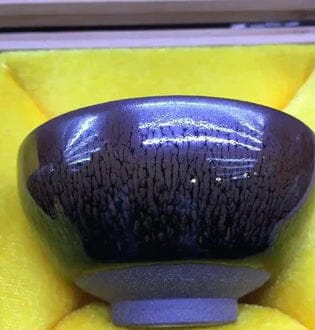
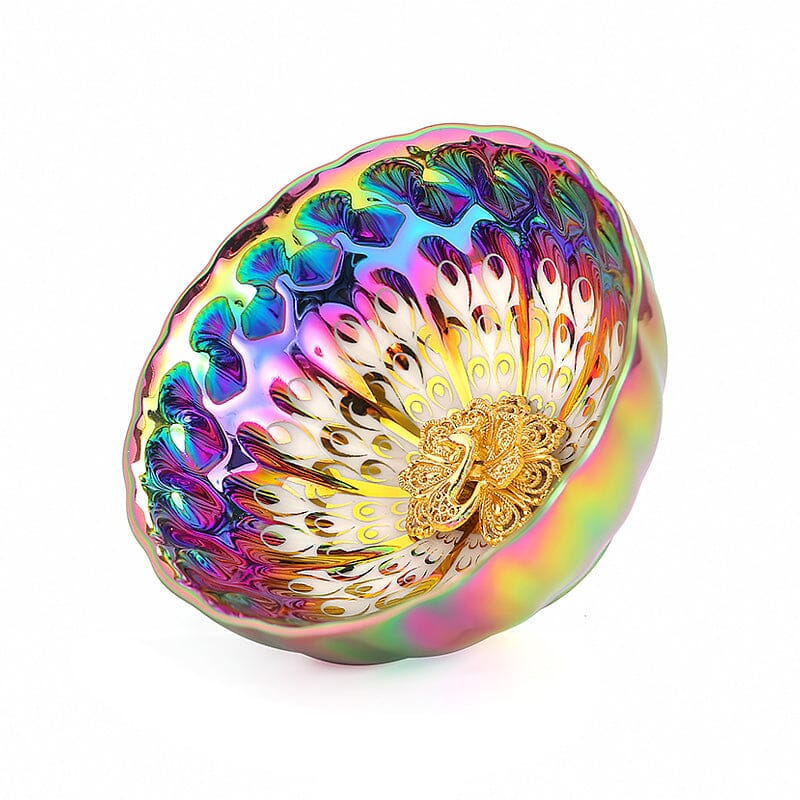
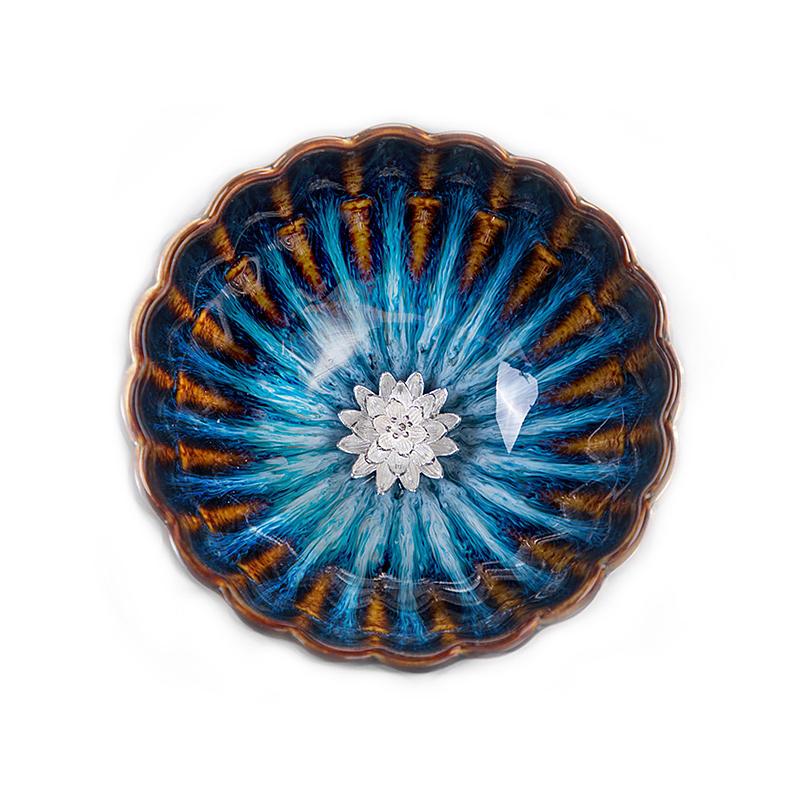
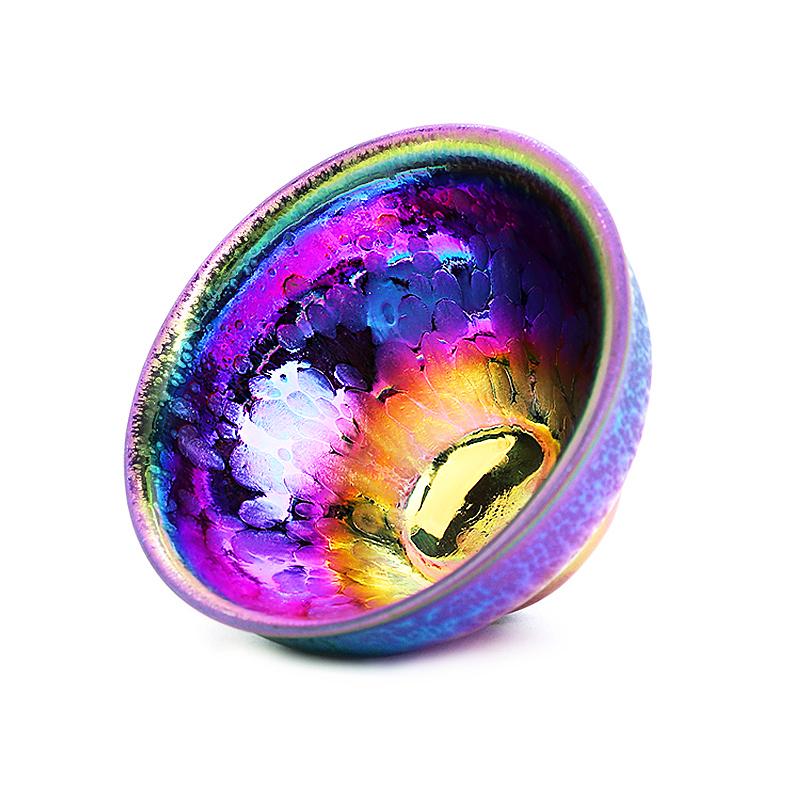
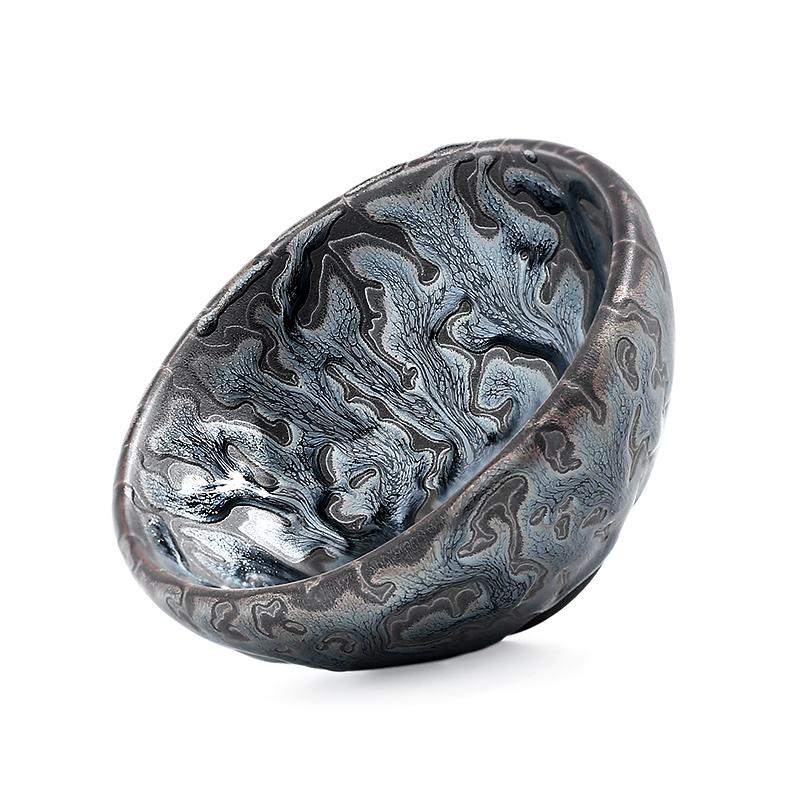
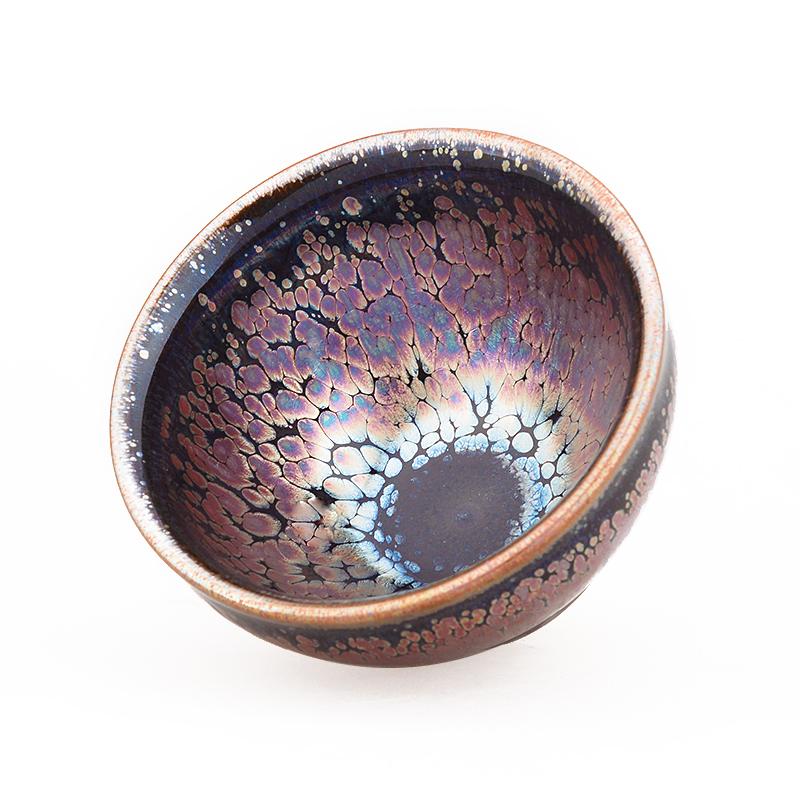
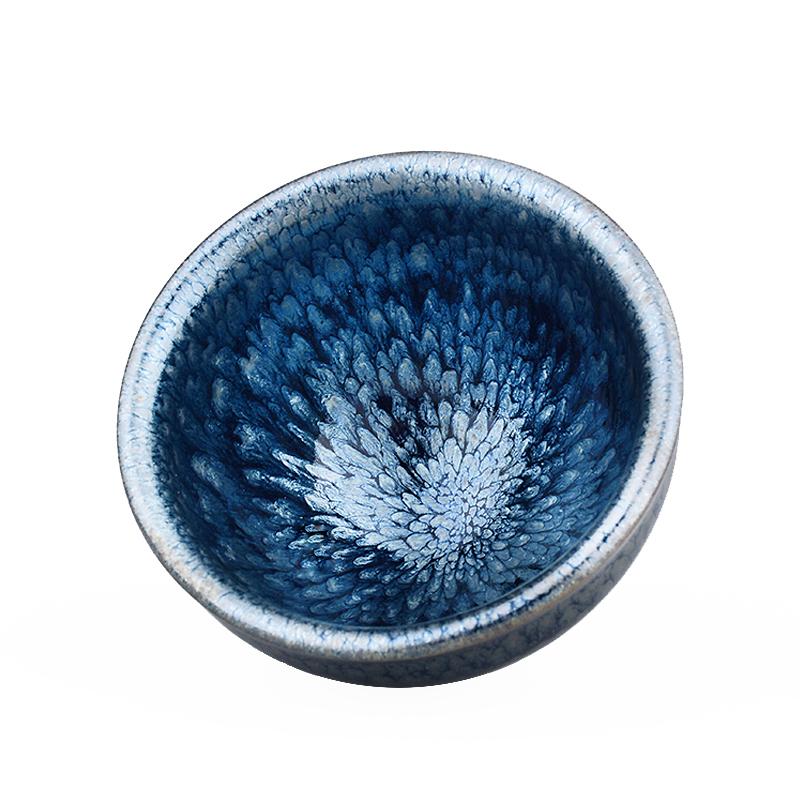
Share:
Yu Daozhan's Three-Gen Patriotism: Never Forget Original Intention
Choosing Tenmoku Teacups: Tips for Novices.